On a quiet road of Ojika Island, in the shadows of a Buddhist temple between the ancient pine forest on a hill and the multi-hued blue-green sea, the 100-year-old Yanoya kominka (old-style Japanese house) guesthouse is a place that invites you to come and do nothing. At least, that is what the couple who discovered the home that is now Yanoya hopes for visitors from all over the world.
Living In Harmony With the Past
The Hasegawas, known by their nicknames Hashi and Yami, have poured their lives into rescuing Yanoya from a future of deterioration and collapse. The couple moved to Ojika in 2017 and set out to find a home they could fall in love with. Hashi, whose other work involves assessing old buildings to determine if they are worth renovating, discovered Yanoya in a jungle of overgrown brush; its doors had not been opened for 30 years.
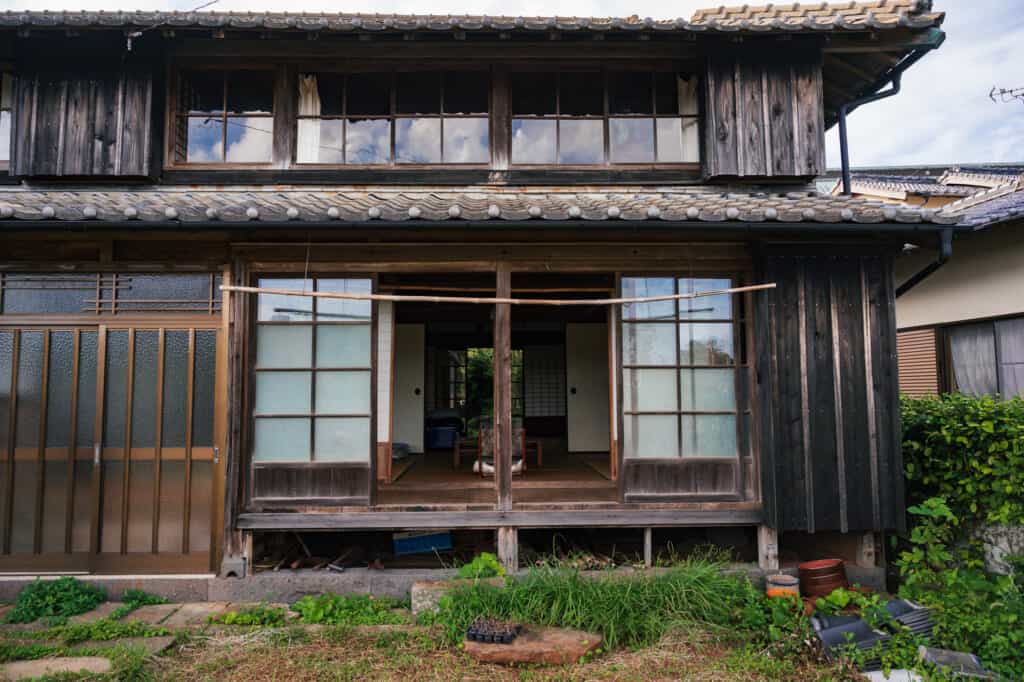
Over the next year and a half, with help from skilled artisans from all over Japan, the Hasegawas restored Yanoya using the same techniques by which it was initially built. Using modern techniques would have taken half the time and cost far less money, but Hashi was convinced such shortcuts would subtract from the building’s spirit. Moreover, he felt convinced that he should support those craftsmen trying to keep intangible cultural heritage skills alive.
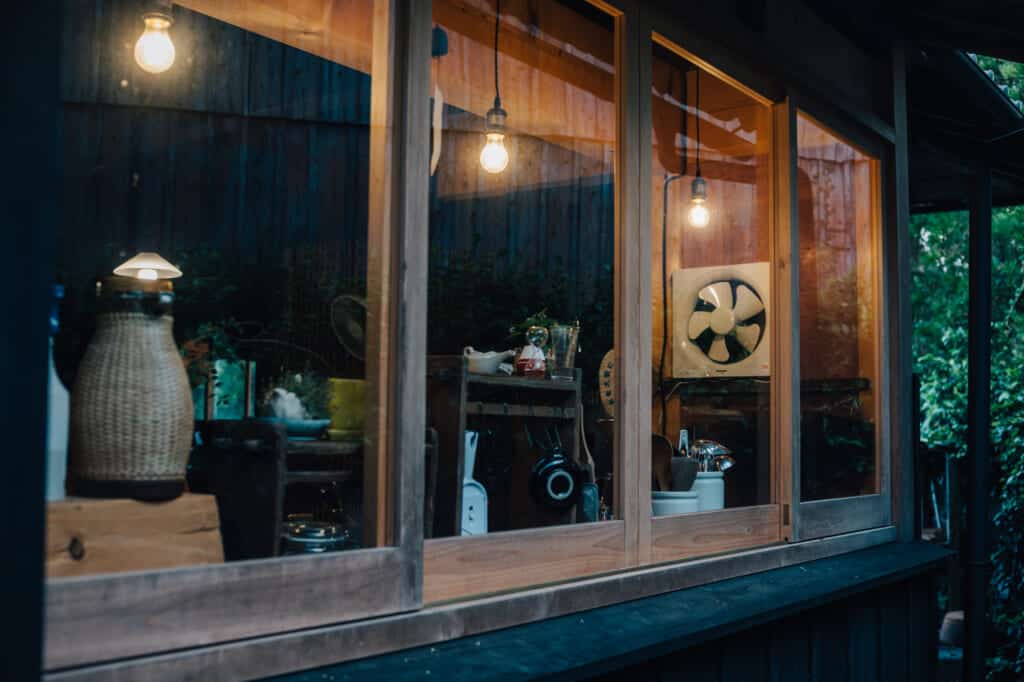
Sharing the Yanoya Experience on Ojika Island
Such a beautiful house was meant to be shared, so the Hasegawas opened it as a guesthouse originally catering to Japanese tourists due to the language barrier of hosting foreign visitors. Three of the rooms are available for 2 or 3 people in each room. Fishing, swimming, and lounging around at the beach are activities within walking distance of the house, but not much else. Yanoya is a place to relax and recenter on what it means to be alive.
Although the Hasegawas are not fluent in English, their enthusiasm for hosting foreign visitors compelled them to open their home to visitors from all over the world. And what an amazing house it is.
Exploring The Rich History of Ojika Town
Hashi met us at the Ojika Port Terminal building, eager, yet a little nervous about taking us for a walk around his adopted town. I was his first experience hosting a non-Japanese speaking visitor, and his concerns over the language barrier were very real in his mind. However, in my mind, his easy-going attitude and gracious demeanor more than compensated for any conversation we would struggle over.
Ojika Local History Museum
Our first stop was the Ojika Local History Museum, housed in the Oda family’s former house, a prominent Ojika family who made their wealth as traders and whalers during the Edo Period. At one time, the sea was accessible from just in front of the Oda residence. Today, the museum gives us an overview of the history of Ojika, from its geological origins to its commercial importance during the Edo era and beyond.
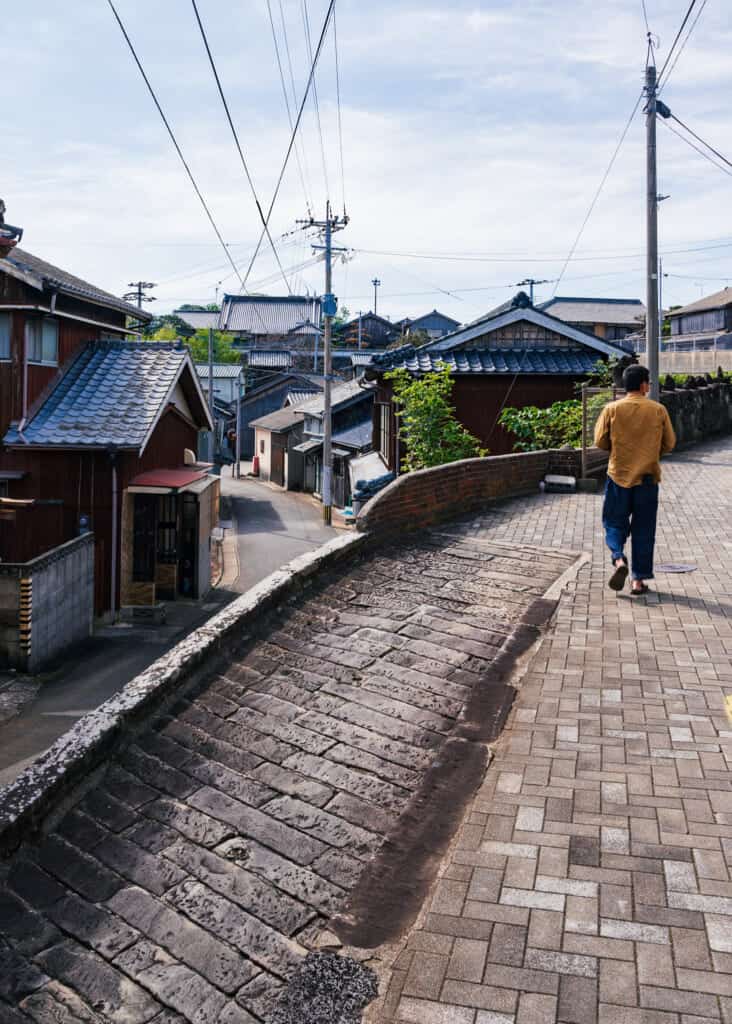
The history of Ojika is quite complicated and, therefore, difficult for Hashi to explain with his limited English skills. If you want a more in-depth explanation of the island’s history, the Ojika Island Tourism office also offers tours of the museum in English.
A Walk Through Ojika’s Architectural Past
From the museum, Hashi took us walking through the city center’s narrow streets, where many of the buildings are well over 100 years old. Due to abandonment, some of the older buildings have fallen into disrepair, and you can see the construction methods used to build them in some of the deteriorating walls and eaves. Because Hashi’s work includes identifying historical buildings worth renovating, he can point out some of these old buildings’ architectural features, even if he struggles a bit to explain them in English. Nonetheless, for architecture enthusiasts, a stroll through the old town is a fascinating glimpse into Japan’s past.
Living In Community With Visitors
After our stroll around the town center, Hashi drove us to Yanoya, where I would be spending the night. As I entered Yanoya for the first time, Yami was in the large kitchen area, preparing ingredients for dinner. The large and open kitchen enables guests to come together and help prepare a meal. Traditionally, meal preparation is not collaborative in Japanese homes, so this experience is an exceptional one for their Japanese visitors. For foreign visitors, it is also a chance to marvel at the array of fresh foods available on Ojika, from its vegetables to its rice, and of course, the abundant variety of seafood.
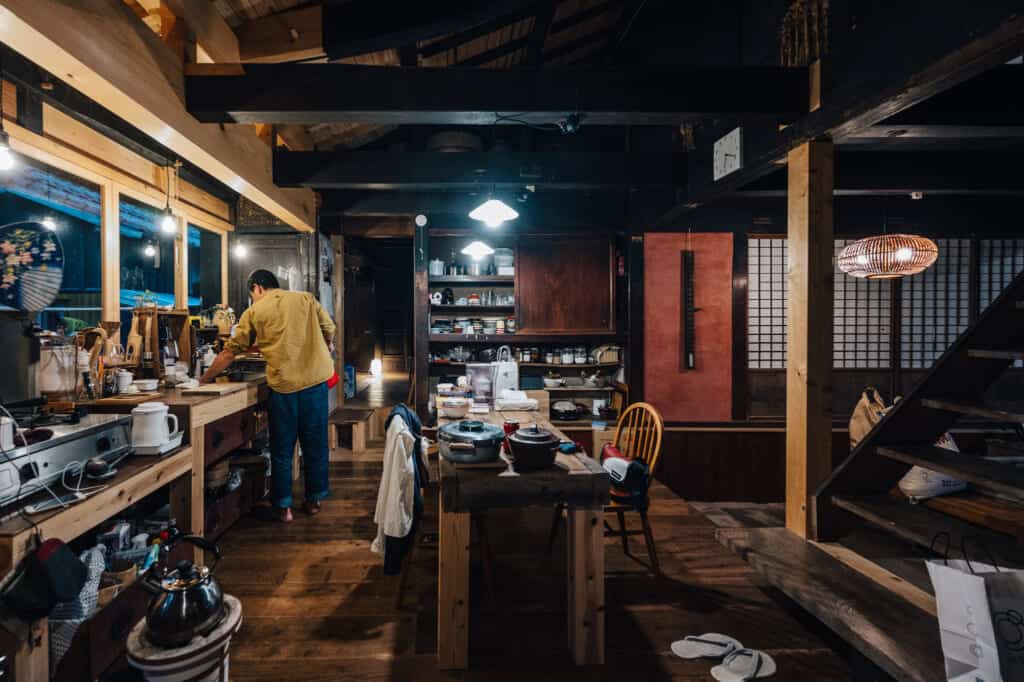
Fishing Excursion on Ojika
This time, however, I would not be able to participate in preparing the meal as our immediate task at hand would be catching part of it. Hashi gathered up fishing poles and tackle from the house, and we took a short drive down to a small port where we proceeded to fish for aji (horse mackerel) to fry up for our dinner. Victoria, my host from the Ojika Tourism Office, joined in on the fun.
The Art of Catching Mackerel on Ojika Island
Hashi demonstrated to Victoria and me how to set up a pole for catching aji. The concept was simple enough; he hung a small weighted bucket on the line below a set of 5 or 6 small hooks. We filled the bucket with chum, dropped it in the water, and slowly moved it up and down, releasing the chum into the water around the hooks. A school of fish quickly gathered to eat the chum, and the less fortunate fellows would also get one of the hooks. Full of confidence and ready for a huge meal of aji fry, we picked our spots along the water and dropped in our lines.
Sure enough, we watched as a large group of fish swarm around the deceptively free meal floating in the water. And as Hashi promised, we pulled our lines from the water with several fish on the hooks. Except, none were aji. Instead, we caught several small reddish fish that were not suitable for a meal, so we carefully unhooked them and tossed them back into the water.
Nothing to fear, though. We had a full bag of chum and seemingly all the time in the world. Refilling our chum buckets, we dropped our lines in the water again. This time, I ended up with a larger fish related to the poisonous fugu, but not poisonous itself. Still, not what we were looking for, so I tossed him back.
The Island Hospitality of Ojika
For the next hour, we rebaited our poles and caught line after line of unsuitable fish for our dinner. Plenty of the little red fish and a few of the larger inedible fish. Even a few aji, but they were too small to make a meal of. Hashi was perplexed as to why we weren’t catching any aji, and the situation became so ridiculous that there was nothing to do but laugh at our incredibly bad luck.
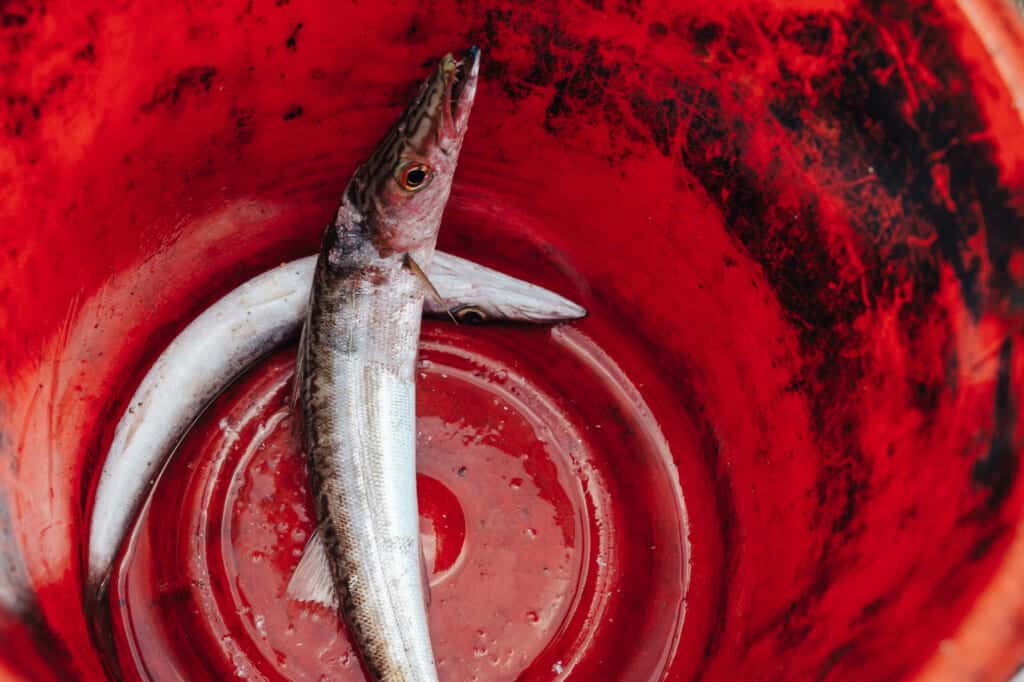
As we finally resigned ourselves to the fact that there would be no aji fry for dinner, two local fishermen who witnessed our plight came over. They transferred their catch of fish from their bucket to ours, apparently concerned we might starve if we left empty-handed. Such is the island hospitality of Ojika, where strangers will generously give everything they have to help out.
Restoring Kominka – Making History Part of the Future
Over a dinner of sliced sashimi (some of which came from our new fishermen friends), grilled chicken, vegetables, miso soup, and rice, we talked about what Yanoya represents to the Hasegawas. We watched the video that they made documenting the house’s renovation from start to finish and the many hands who contributed to it. From the skilled craftsmen from Okayama Prefecture, who fitted rotting pillars with perfectly cut replacement pieces, the Ojika resident from America who made new walls from bamboo strips and soil, to the local volunteers who came to pack down the earthen floor of their entry room – the house was a labor of love for many, but especially Hashi and Yami, who helped every step of the way.
The concept of restoring kominka is not unique to Yanoya; it has become an essential part of Ojika’s future. Ojika town has helped facilitate a large number of kominka renovations in recent years. Roughly 100 meters up the road from Yanoya is Ichie-an, one of several kominka on Ojika renovated by Alex Kerr, an American writer passionate about restoring traditional houses around Japan. Kerr was also responsible for the first kominka renovation on Ojika, now a restaurant called Fujimatsu along Ojika’s eastern coast. Restored kominka are directly contributing to Ojika’s local economy as restaurants, guesthouses, and rental properties, and are a vital part of Ojika’s tourism strategy.
Doing Nothing at Yanoya
If there are few distractions to help you pass the time at Yanoya, it is all by design. Hashi spoke of wanting the house to be an escape from the busyness of everyday life, where families can bring their children to play in the outdoors and explore every nook of the old house in awe and wonder. The breathtaking Kakinohama Beach and Goryo Cliffs are within easy walking distance of the house. Days can be spent enjoying the natural beauty of the island, disconnected from social media, and the world’s troubles.
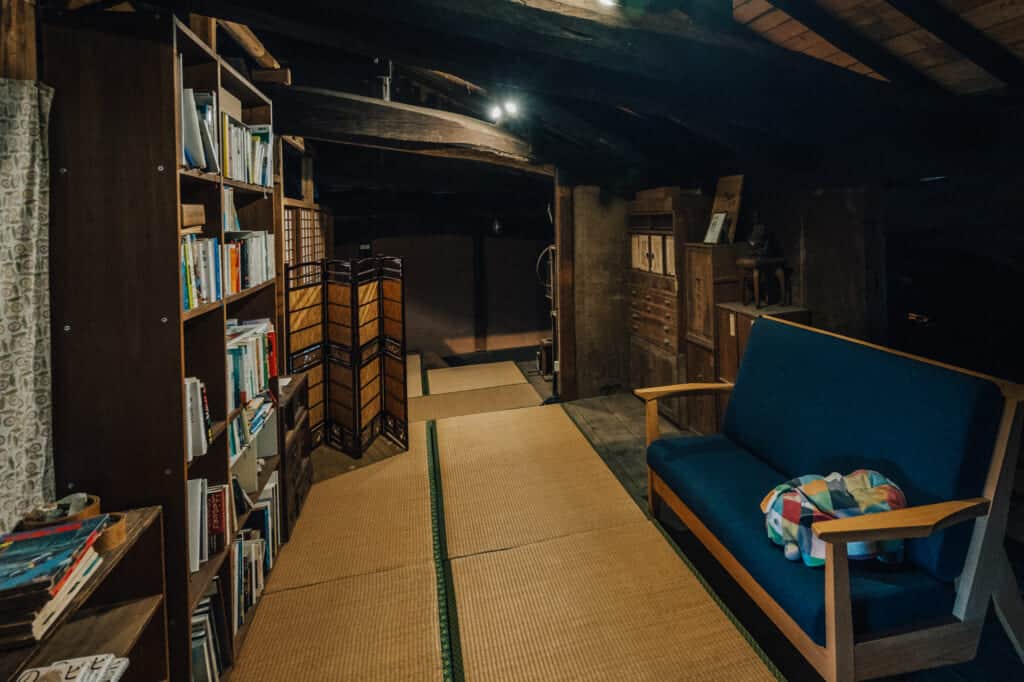
When you live in a house where the best thing to do is nothing (the Hasegawas don’t own a television, but they have a large bookcase upstairs), evenings are a time for relaxing and early bedtimes. This is especially true if you have a ferry to catch at 4:50 the following morning, as I did.
There is no better way to relax than to first take a soak in fire-heated ofuro (bath), one of the simple luxuries of Yanoya. Before dinner, Hashi and Yami let me help start the fire that would warm the water in the tub, and now, the temperature was perfect. After a thorough scrub and wash in the shower area, I sank into the cauldron-like tub. The smokey aroma of the wood still smoldering underneath lent itself to the relaxing atmosphere, and soon I was ready to crawl into the fluffy futon prepared for me and floated away into a well-earned sleep.
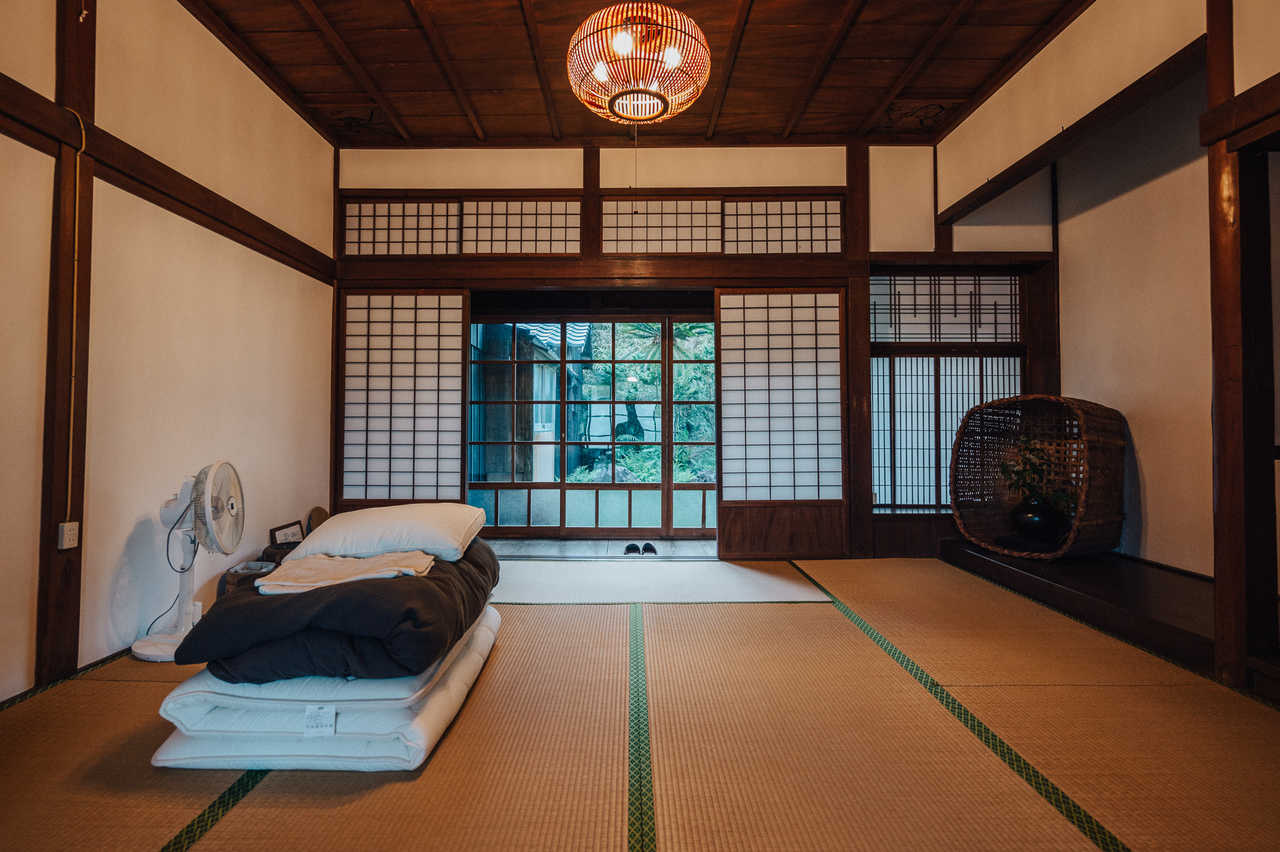
An Analogy of Life in Ojika
As I prepared to leave the house in the early hours of the morning, I admired its inspiring interior one last time. Above the kitchen is the most obvious example of the loving work done to preserve the traditional construction of Yanoya.
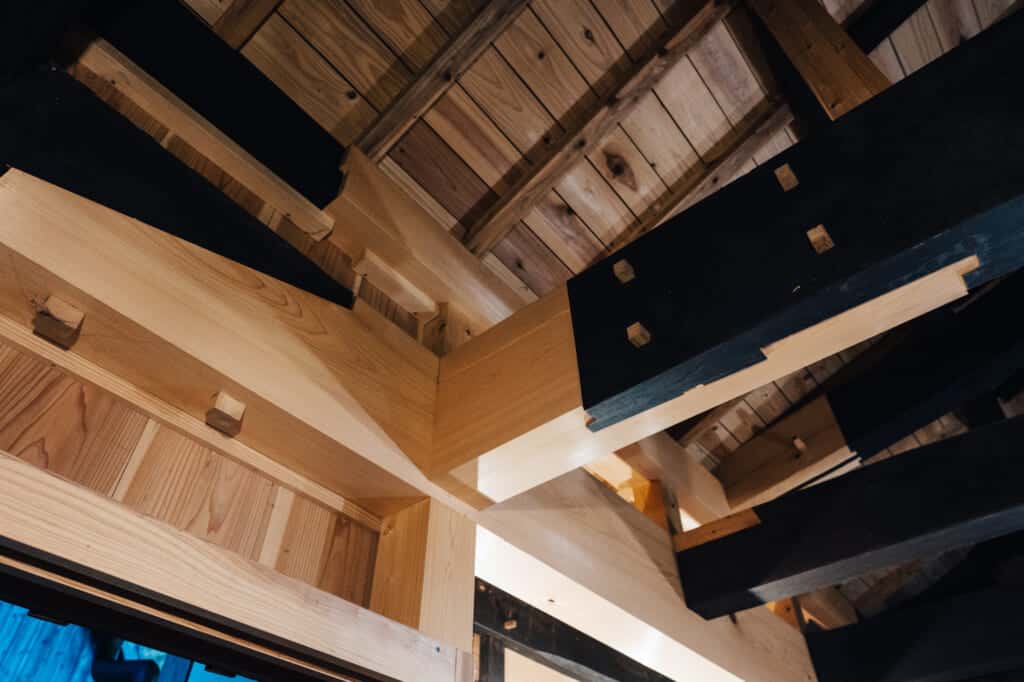
In several places, the original blackened beams had been cut to interlock securely with the new light-colored beams. The new supports the old, and the old supports the new, seen here in a tangible way. It is an analogy of life in Ojika town, which is being revitalized by young people like the Hasegawas who have come to Ojika to support, not tear down, the traditions that make Ojika such a fantastic place.
Sponsored by Ojika Town
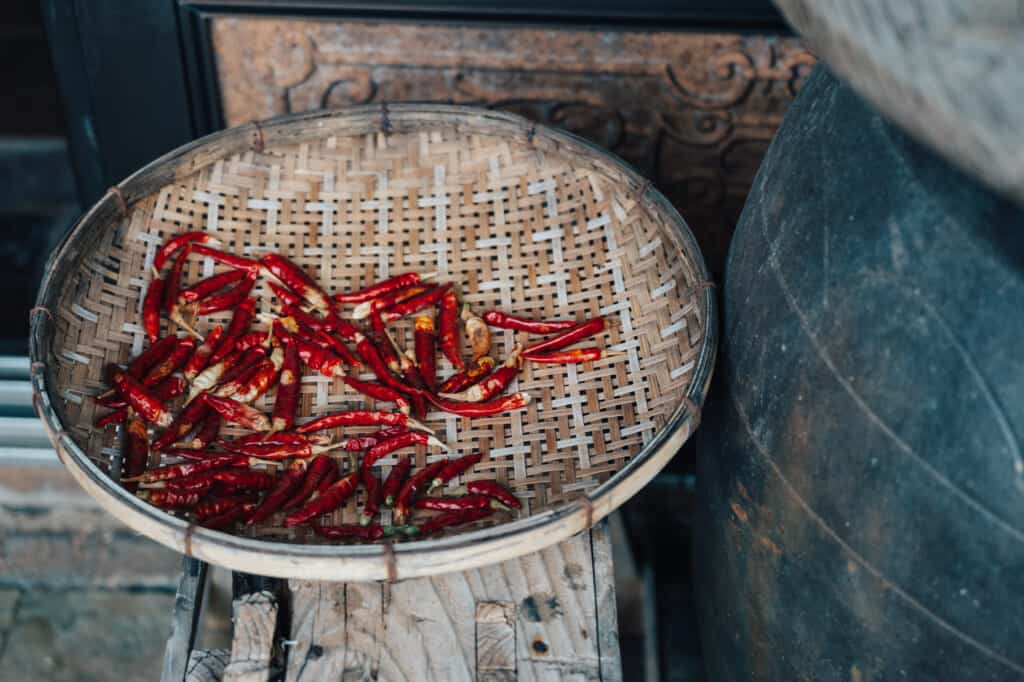
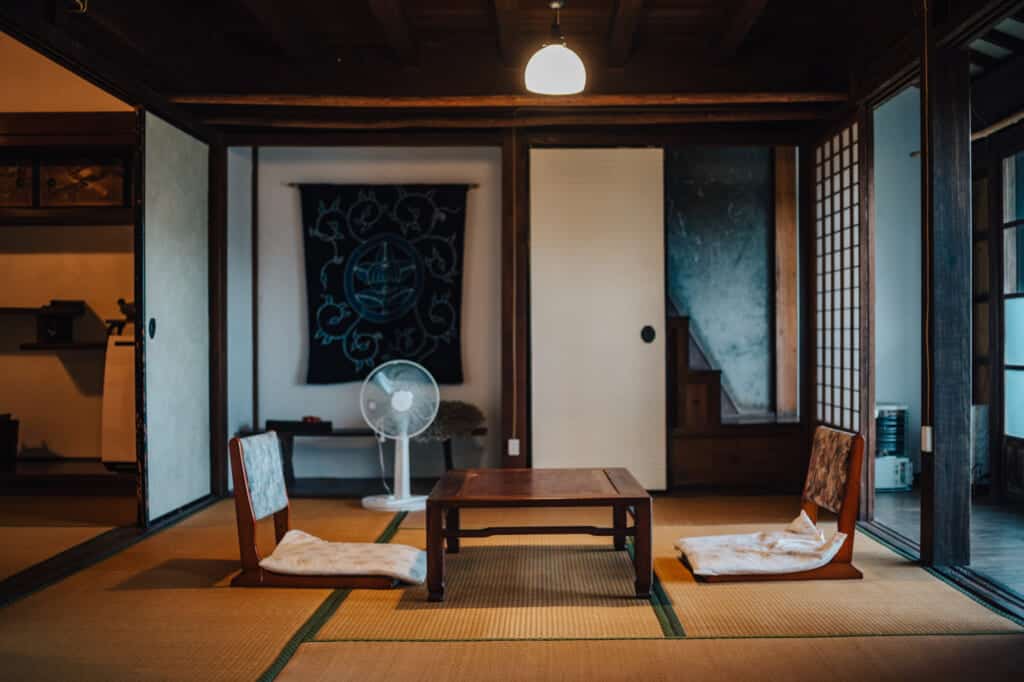
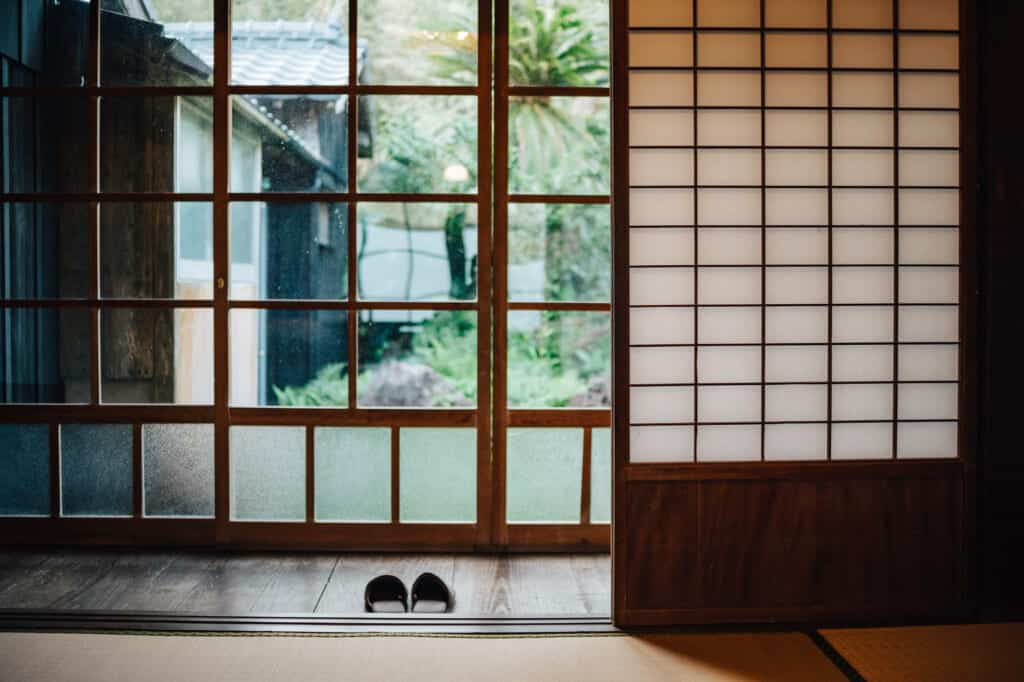
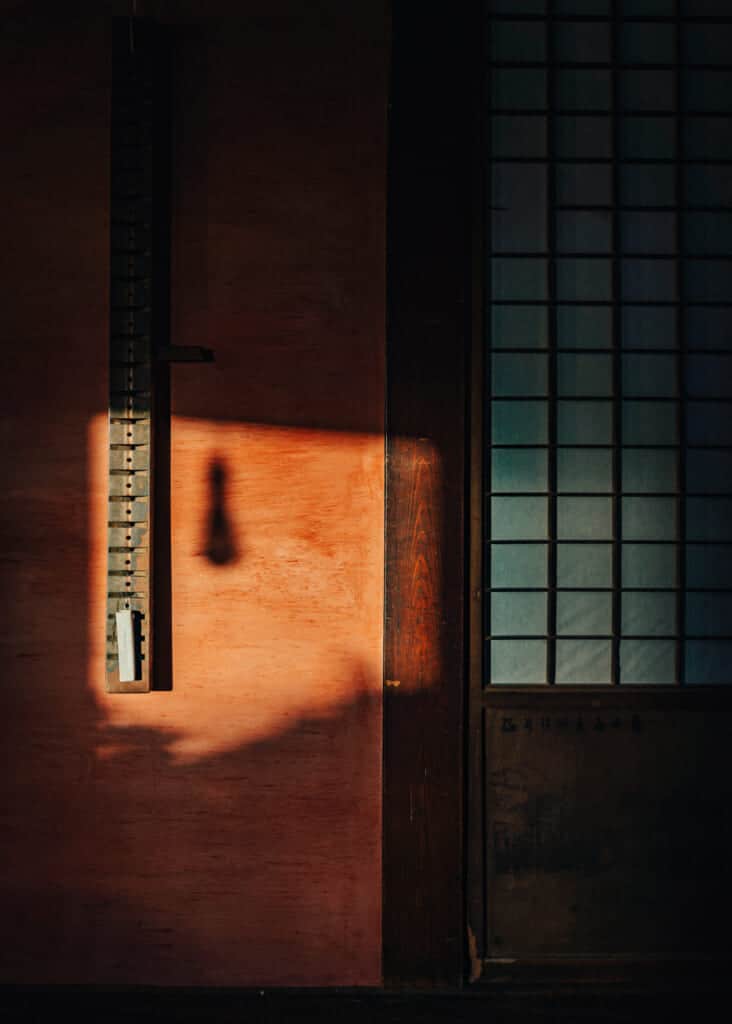
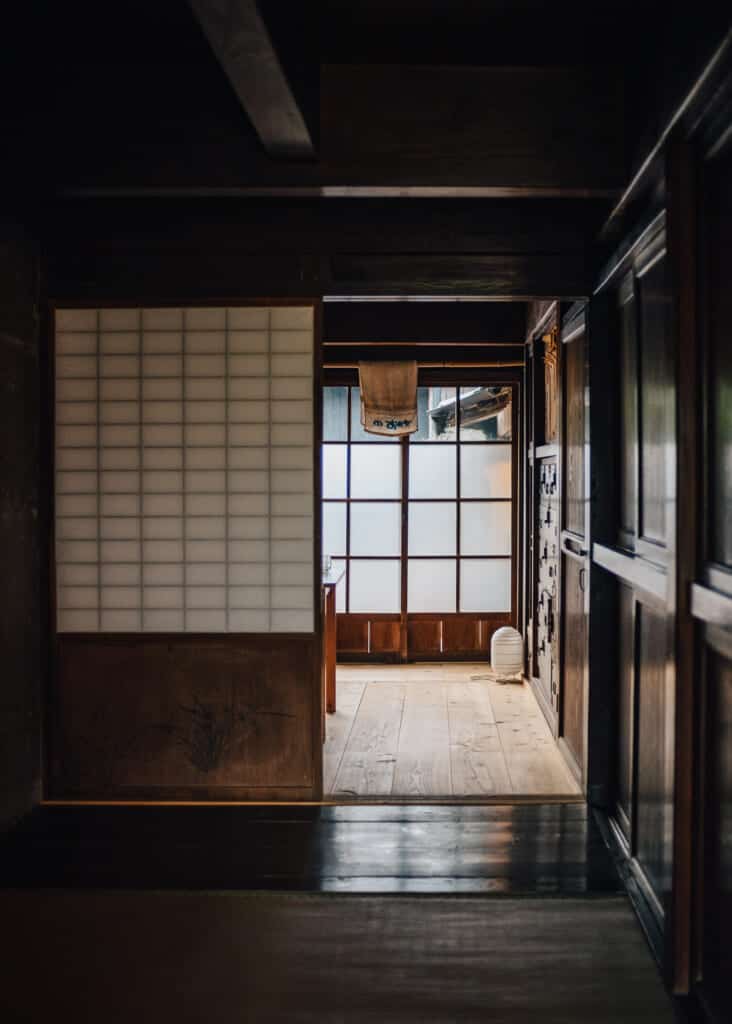
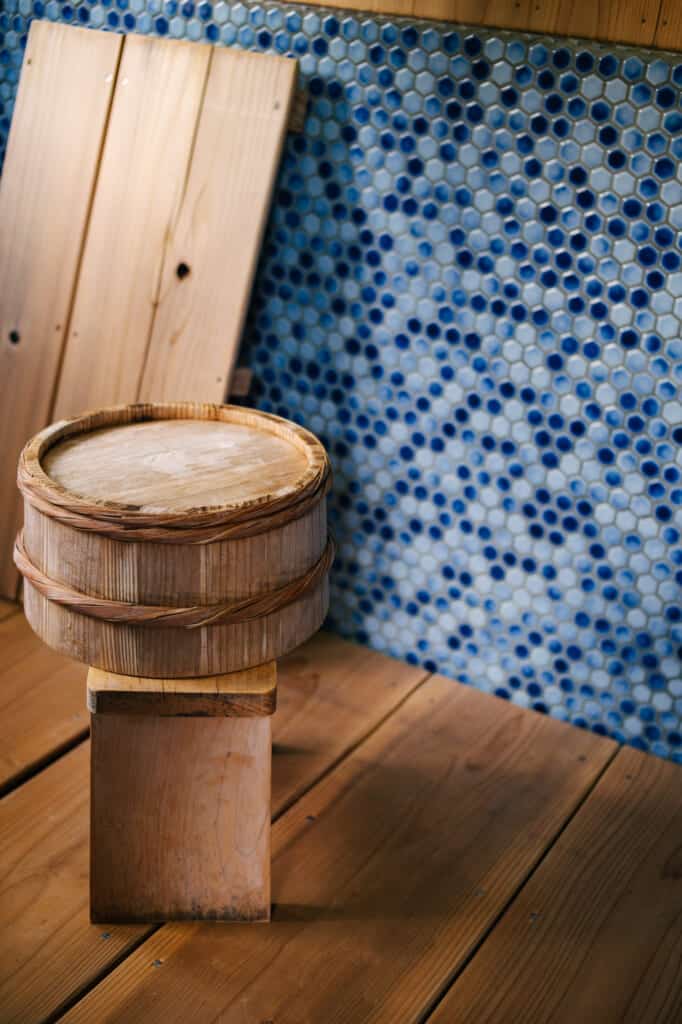
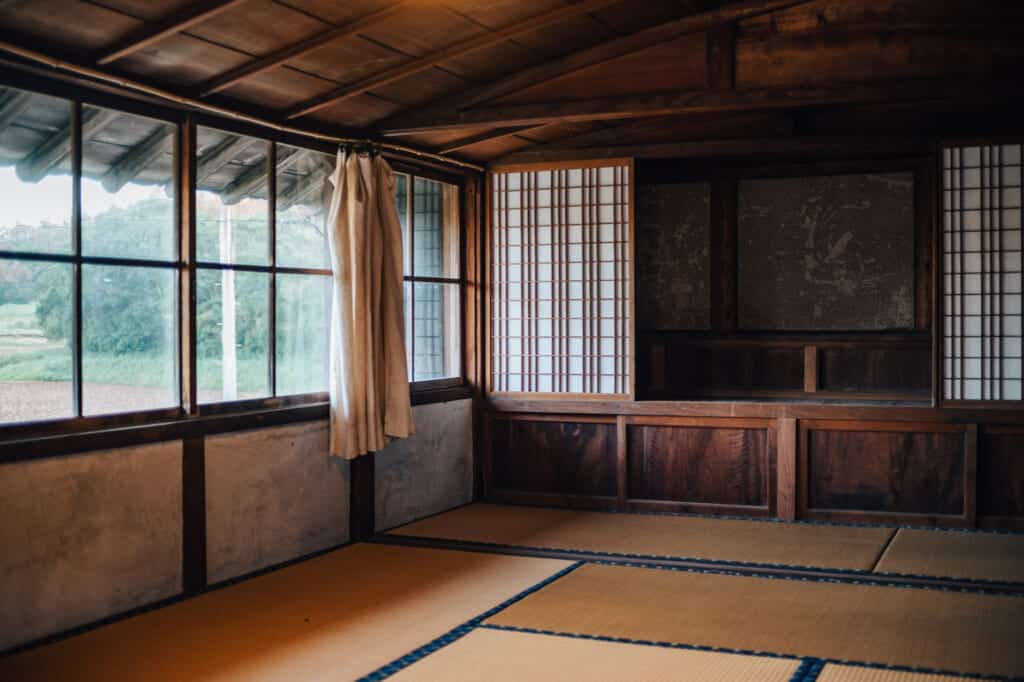
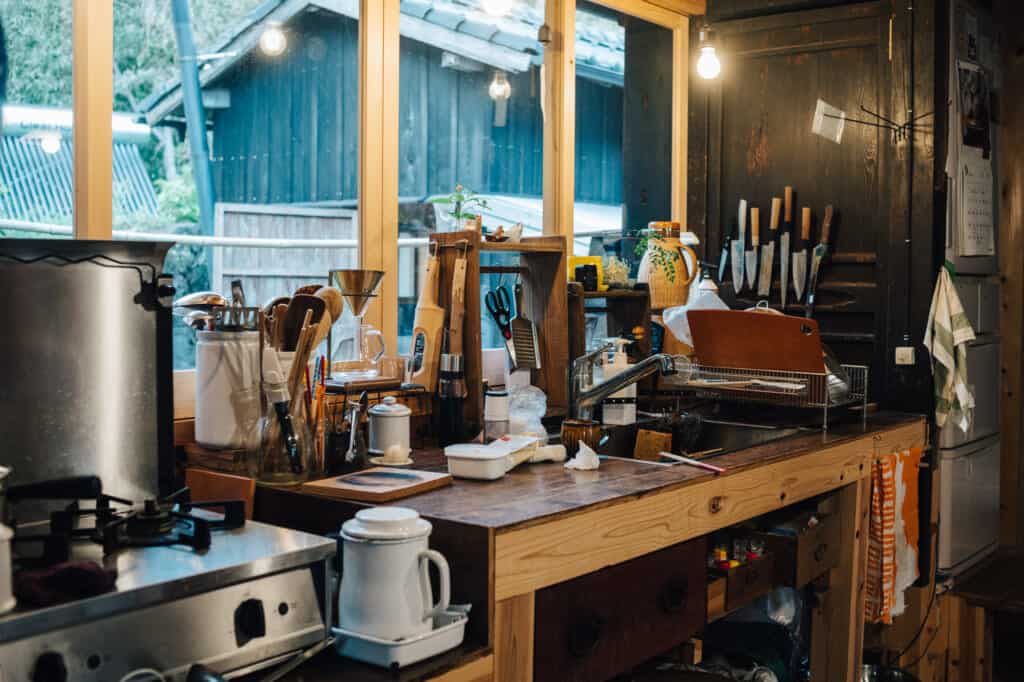
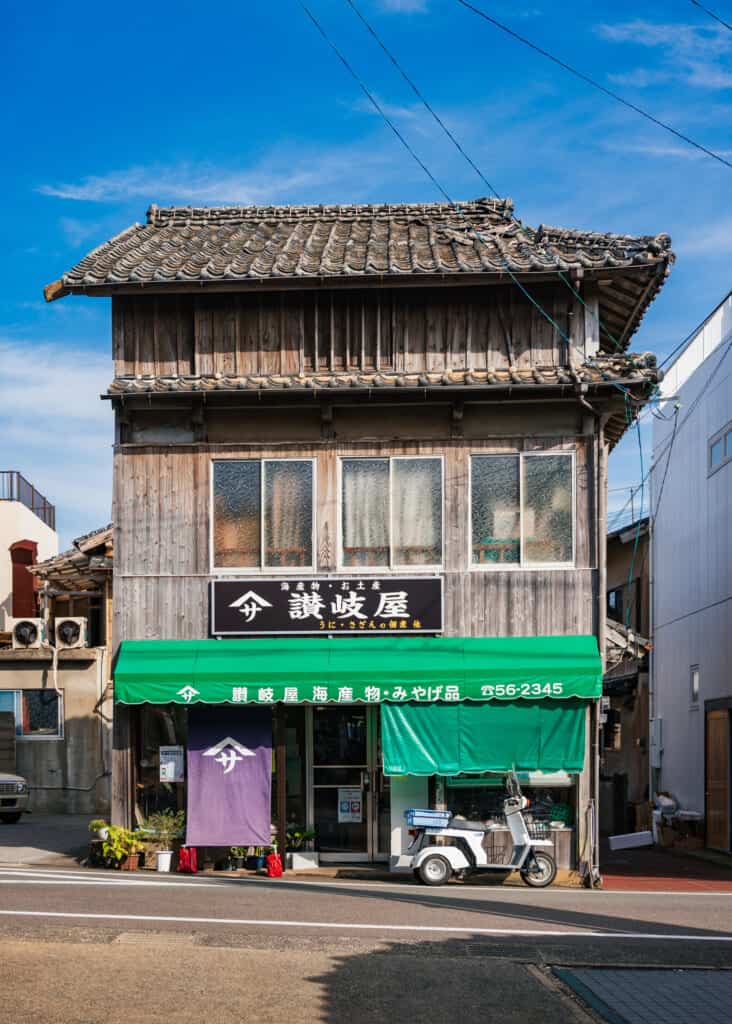
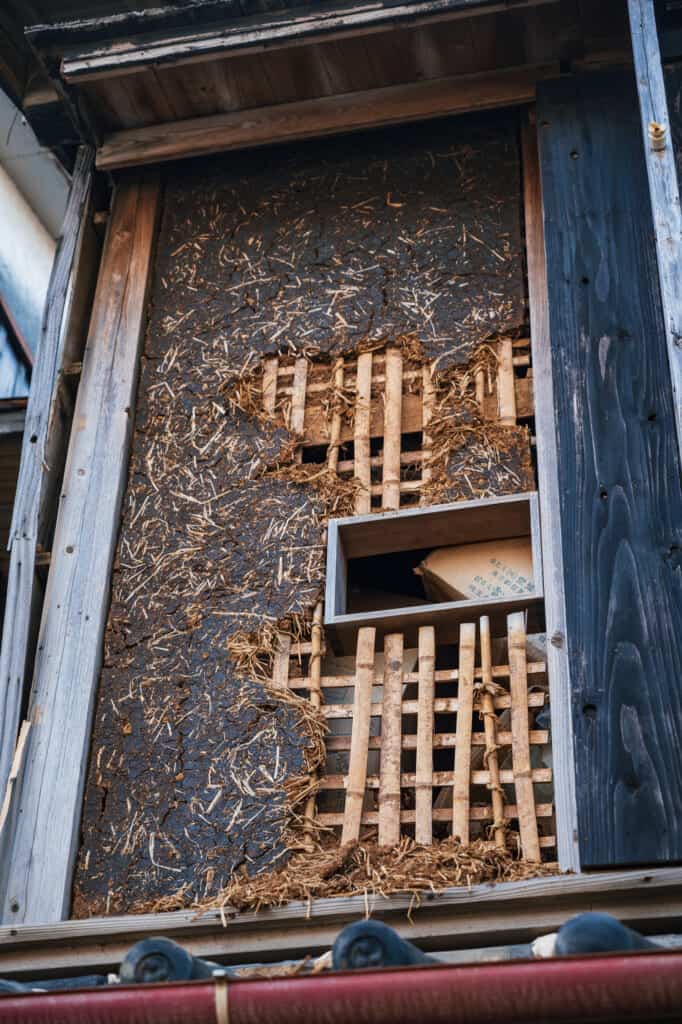
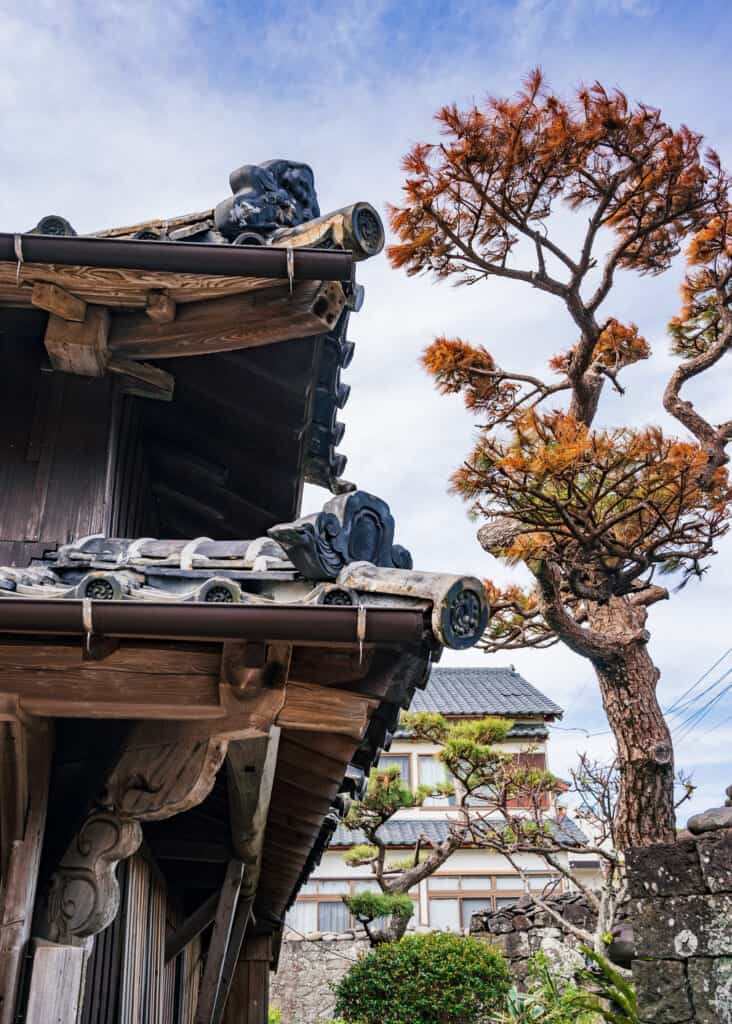
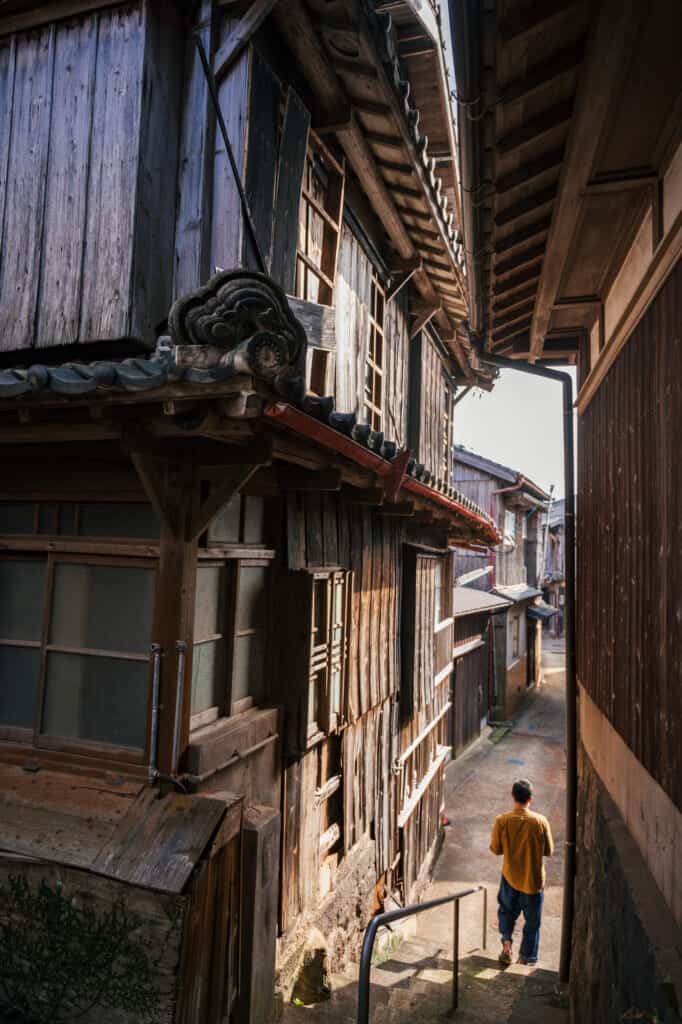
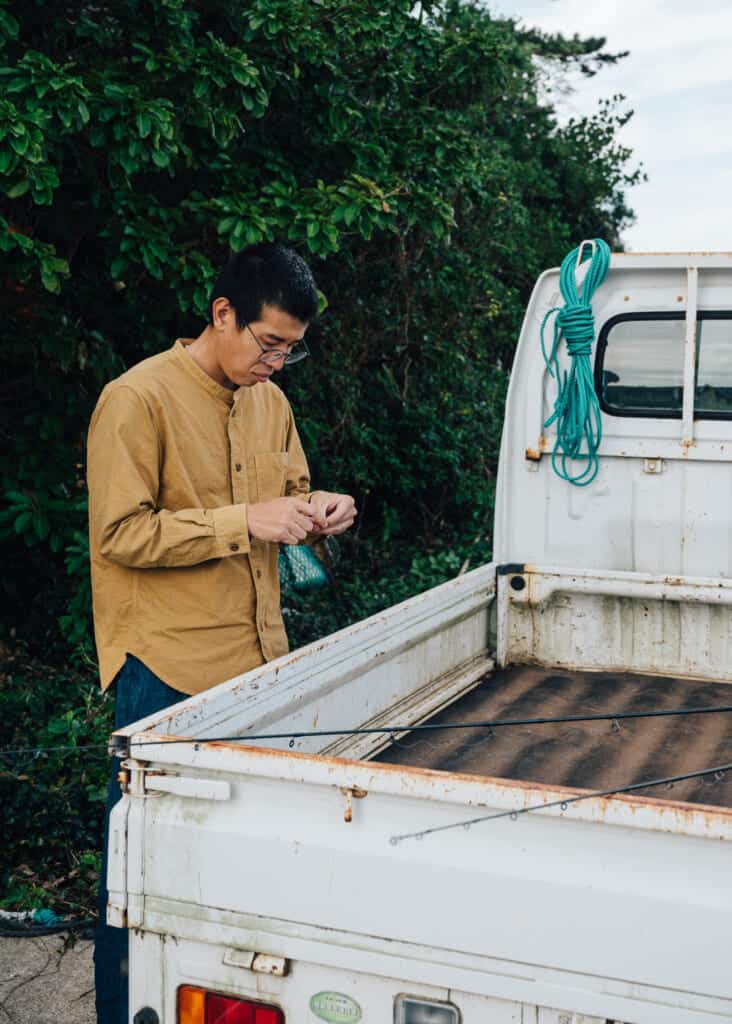
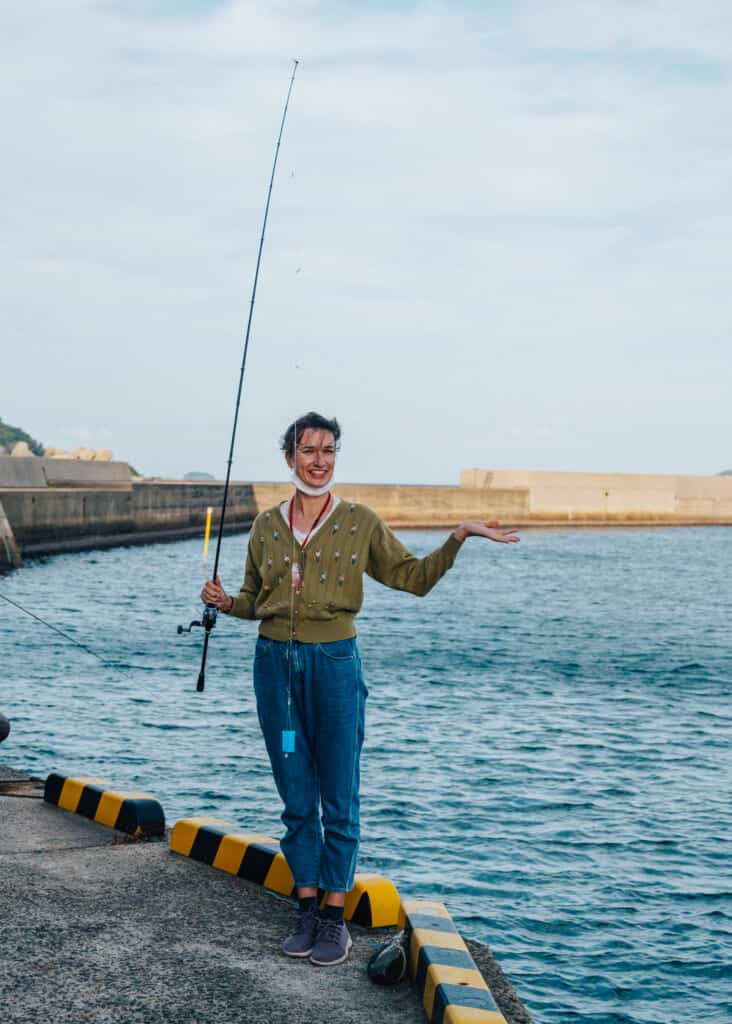
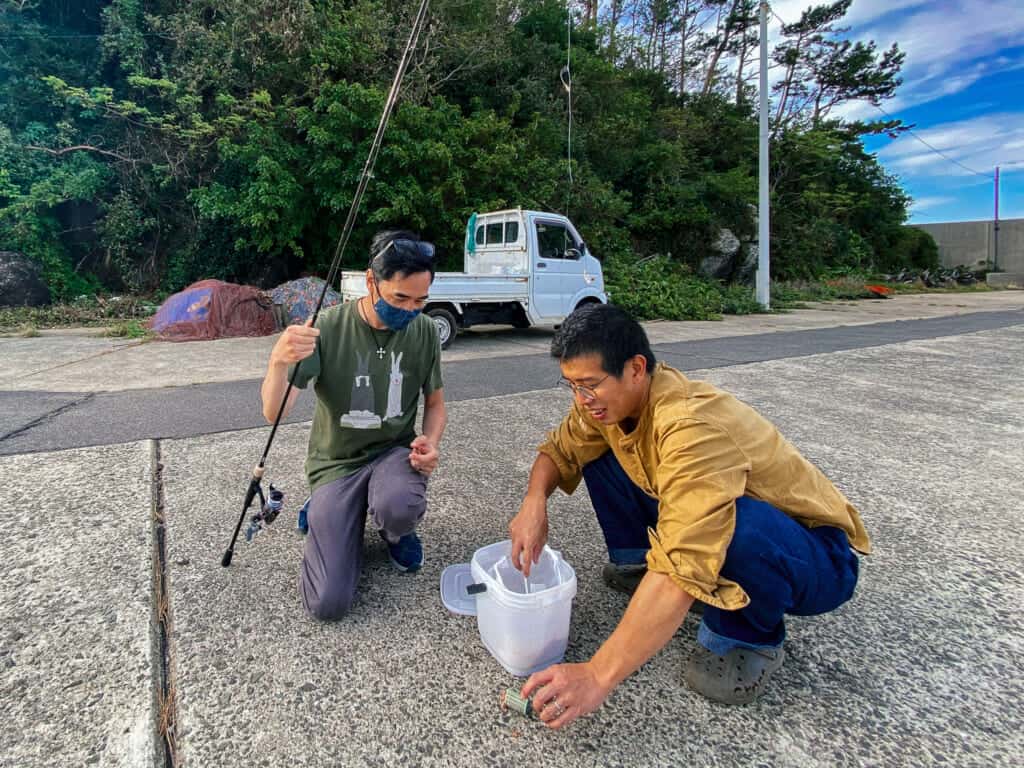
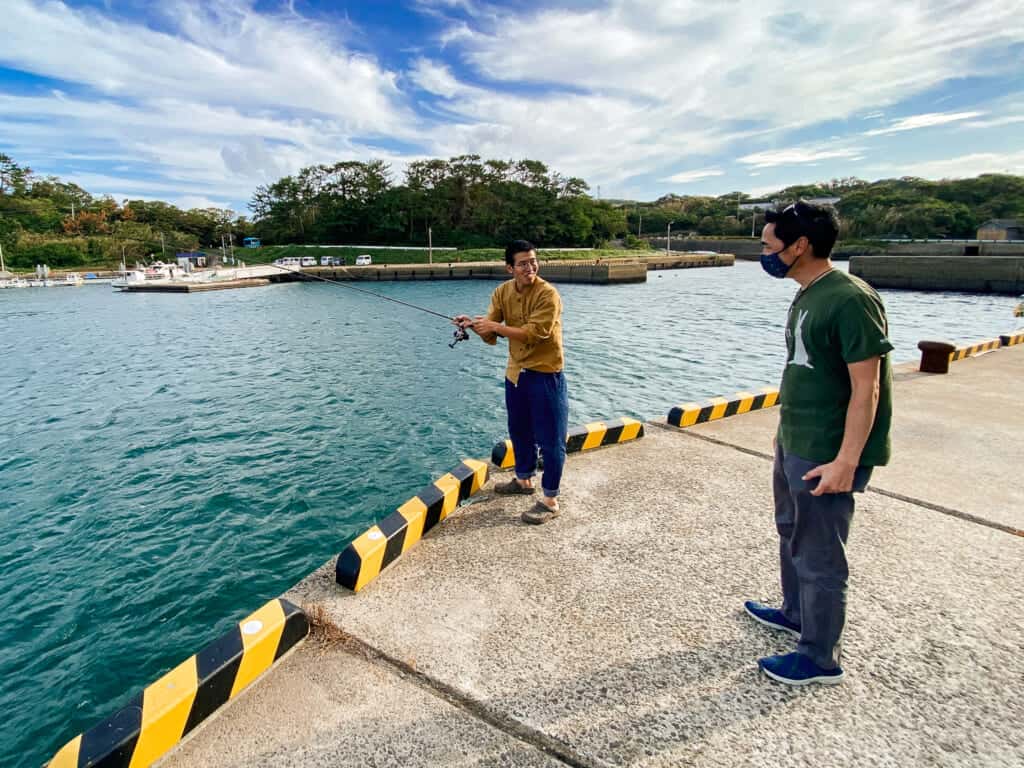
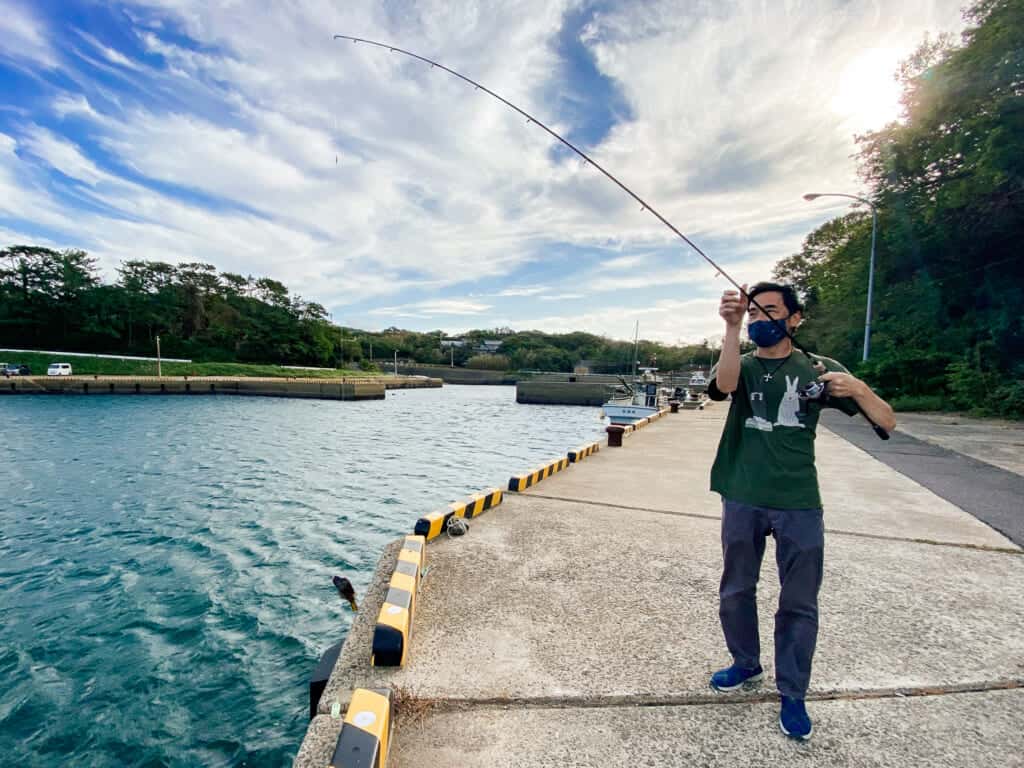
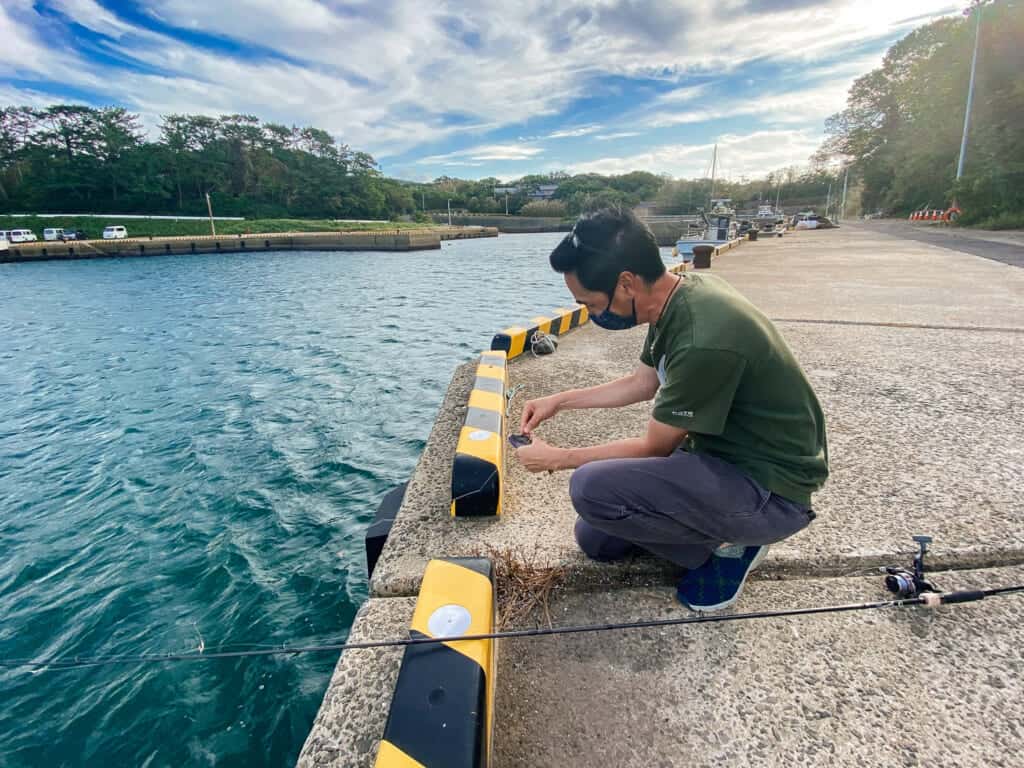
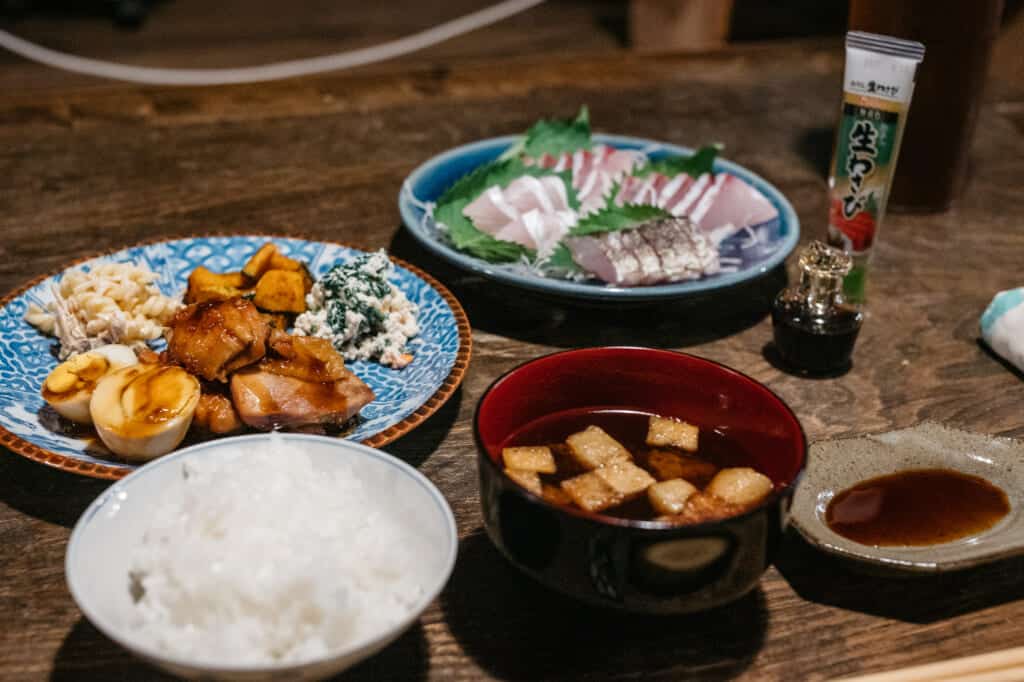
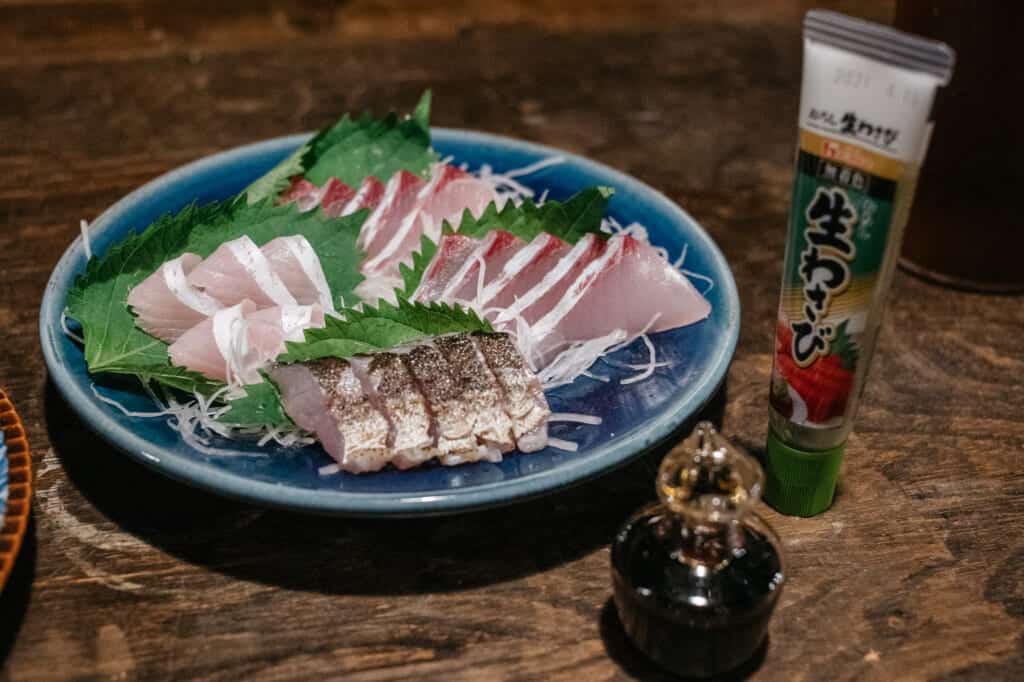
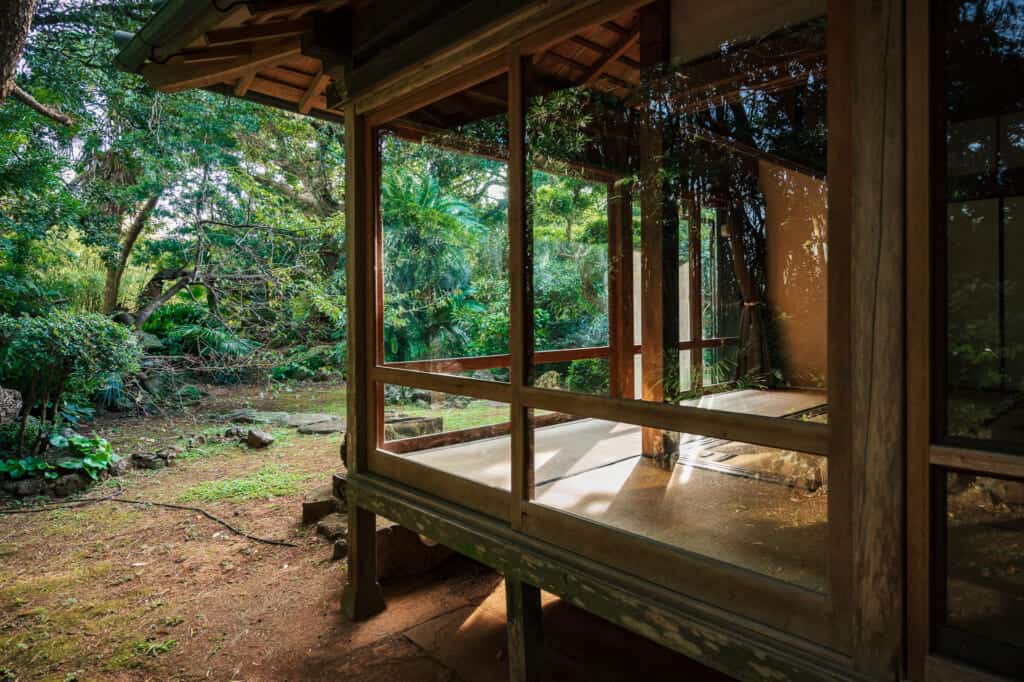
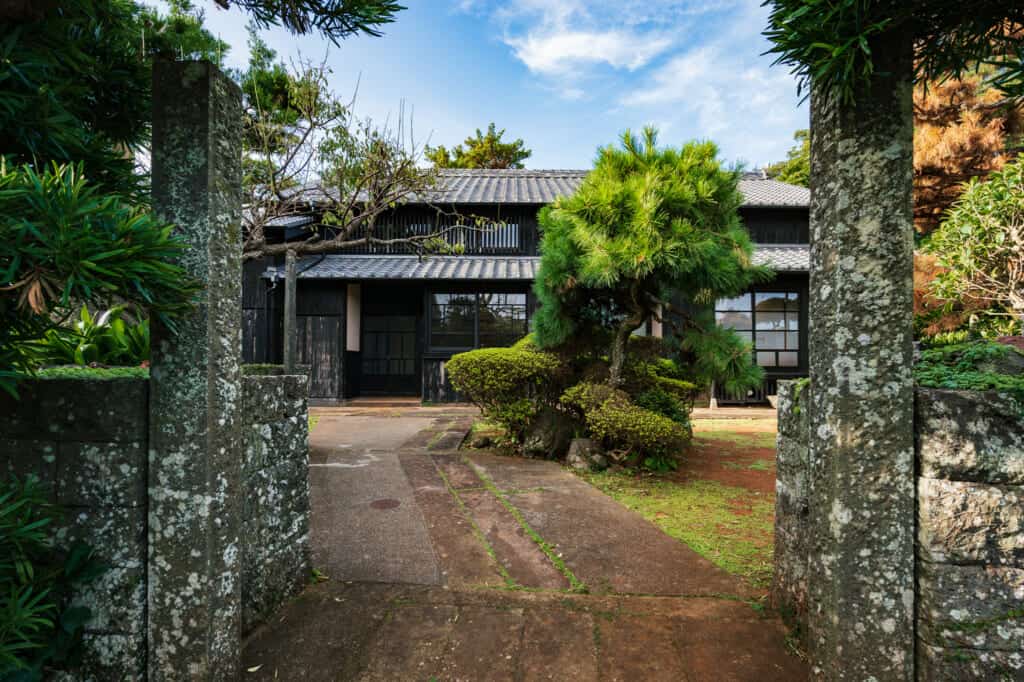
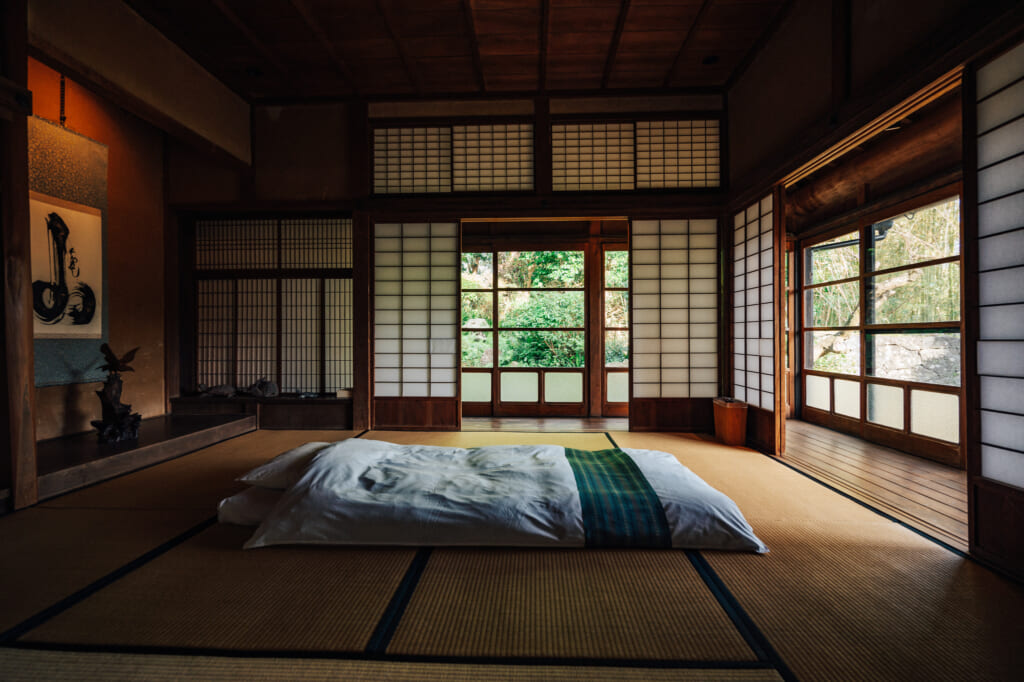
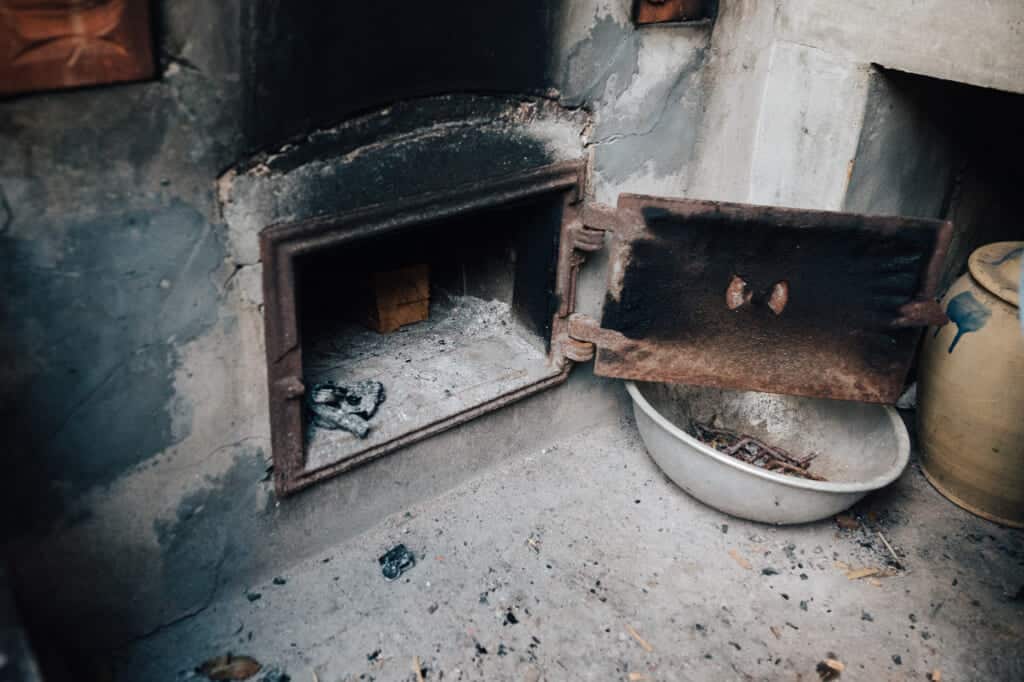
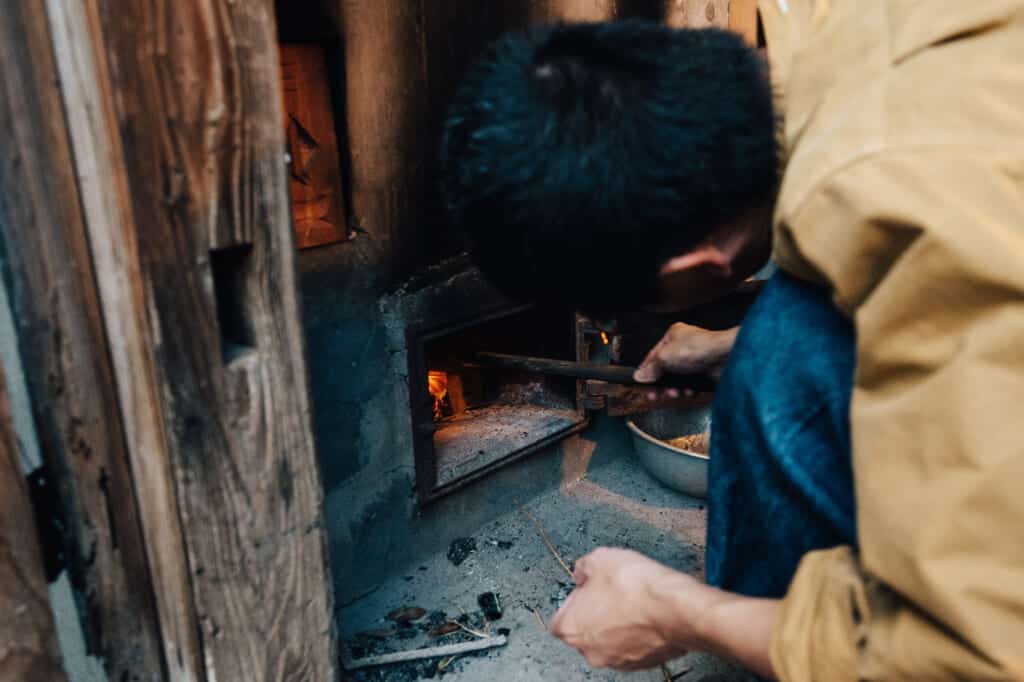
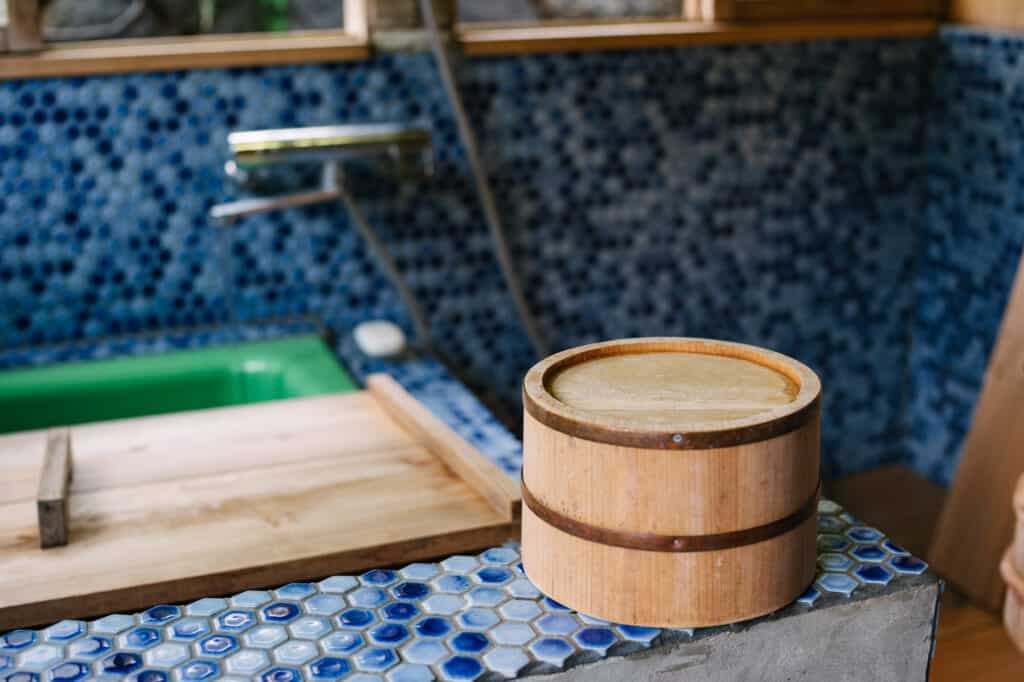
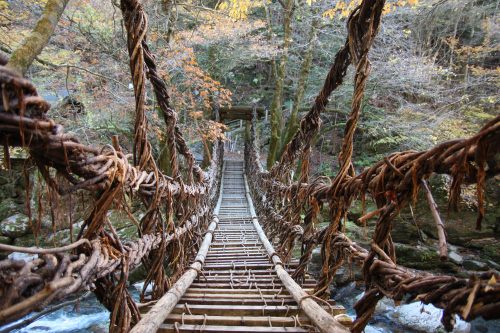

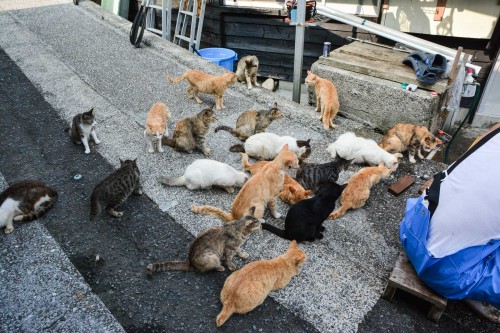
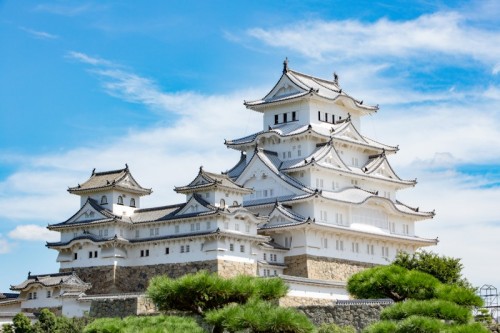
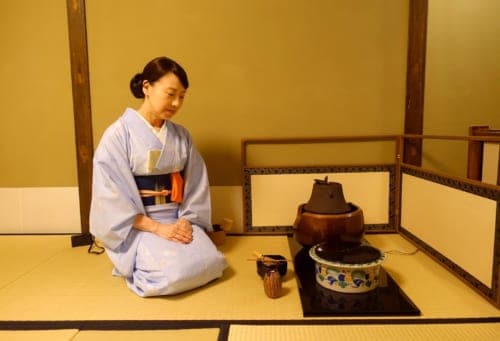


No Comments yet!